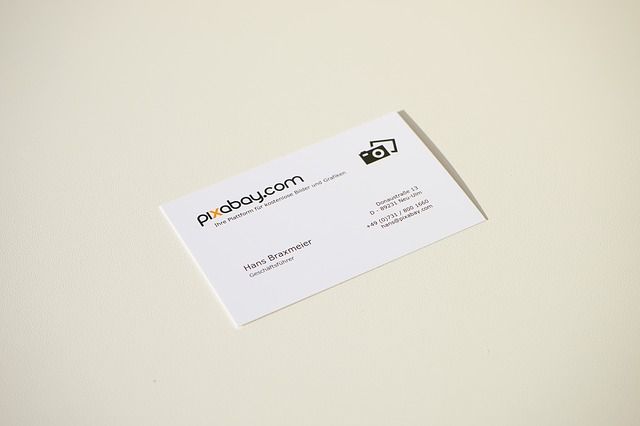Motion Graphics or Animation: A Thin Line Between Two Notions

The confusion concerned with these spheres seems understandable since the definition of Motion Graphics is relatively recent. Graphic designers often use traditional 2D and 3D animation. Fundamentals of traditional animation are useful there. In animation, just like in MG (or MD), a story is told via moving images.
Artists do not separate the spheres as they begin. The understanding can come later. However, the motion graphics vs animation resemblance is not that big, because …
Different Scales and Directions
For a simple reason: GM is a direction, a discipline when animation is a technology. Originally, the connection with animation was therefore obvious. But over time the confusion started. In particular by the development of special effects and the arrival of 3D software accessible to the general public.
Finally, there are several communication vases between these disciplines and it happens very often that specialists of the first have a background in VFX or animated cinema. These are very useful skills in motion, despite everything, they are not necessary, because no motion graphic designer can obscure the pictorial part. But the reverse situation is not rare.
MD is made up of graphic tools and metaphors. There is an iconic transcription of reality, each of the elements is symbolic and significant.
The Duration of the Videos
The graphics videos only last a few minutes maximum. Beyond that, the viewer’s attention and feelings are diminished and the main idea is conveyed no longer. MG studios cannot produce short and medium-length films. There is one area where graphic elements are very similar to animation, but we will come back to that later.
The main difference is that animated cinema tells a story in a figurative way. It uses characters, situations, places, and a script. In short, a real movie. While motion graphic conveys a message. When telling a story, it uses clear graphic metaphors. There is an iconic transcription of reality, each of the elements is symbolic and significant.
Spheres and Aims of Influence
The MD’s mission and animation’s aim can be the same: to promote, inform or educate. The differences that exist between these two notions are also interdisciplinary. It is easy to understand that an illustrator is more of a designer free to create. This artist does not have to know the communication codes of graphics.
As soon as an illustrator works on a communication project, they become a graphic designer. And vice versa if a graphic designer works on graphic projects without the aim of promoting, informing, or educating, then they become an illustrator.
Animators and designers aren’t the same, right? 
Artists and Designers: Two Sides of The Same Coin?
However, one area stays halfway between MD and animation. It’s video clip-making. Music videos that integrate animation stand out among all the existing art categories. They do not seem to fall into one unique group. Take, for example, clips made using typographic animation, also known as kinetic typography. They unite the best from the best spheres.
In MD, an artist uses all tools such as pictograms, geometric shapes, typography, or colors. Some clips, on the other hand, are real animated short films. But if we take a closer look, they are also promotional tools and information tools. First and foremost, a video clip is used to sell music. In addition, there is clearly a message to convey, its function of transmitting an idea is present.
There is no need to deny the influence of animation in MD, on the contrary. Any good designer should master the animation basics. Clarifying the particularities of both fields gives full legitimacy to graphic art. This art direction will probably emancipate itself from MD to create a new field of applied art with its own rules and codes.






